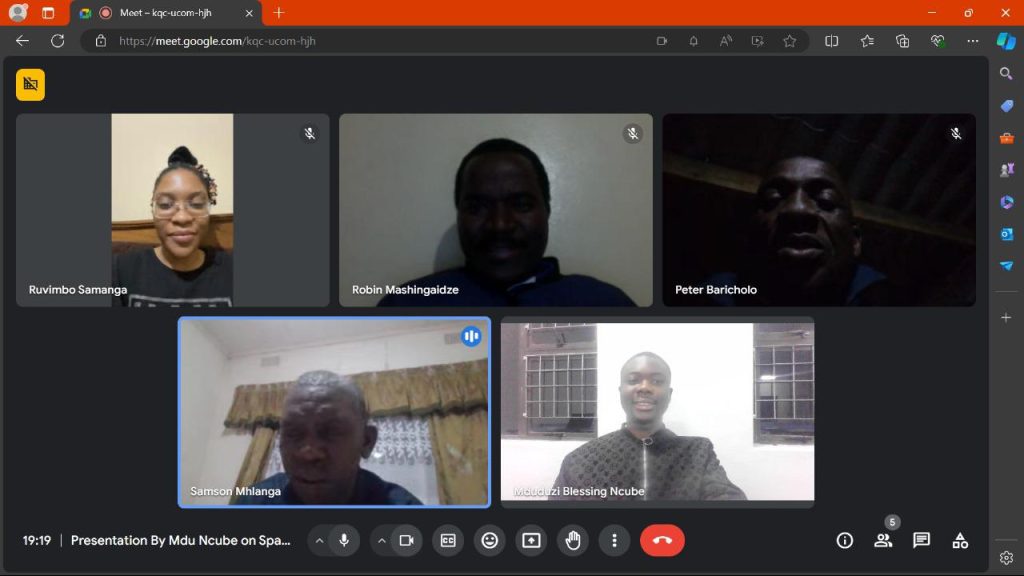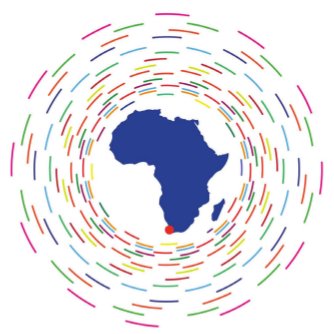Mduduzi presenting his research on upper atmospheric lightning and space weather impacts at the launch of ILAN Space Lightning NUST Committee.
Mduduzi Blessing Ncube, a dedicated member of the Zimbabwe Astronomical Society (ZAS) and a soon-to-be graduate with a Master’s degree in Geophysics from the National University of Science and Technology (NUST) Zimbabwe, has been working on his research on upper atmospheric lightning. His work, which examines the long-term impacts of space weather on Earth’s atmosphere and biosphere, has taken a significant step forward with the launch of the ILAN Space Lightning committee at NUST.
Recently, Mduduzi was part of the milestone launch of ILAN Space Lightning NUST, a committee dedicated to the continuous monitoring of upper atmospheric lightning and its changes due to climate change. At this event, Mduduzi presented his research to an esteemed Israeli professor from Reichman University, Israel, who has provided essential equipment for the project. Advocate Ruvimbo Samanyanga, the liaison, also attended the event.
For his master’s degree project, Mduduzi investigated upper atmospheric lightning discharges caused by cloud-to-ground and cloud-to-cloud lightning strikes. His research explores the implications of these discharges on air quality through the formation of free radicals in the atmosphere. This study is crucial for understanding how lightning affects atmospheric composition and air quality.
This initiative will provide valuable data on the behavior of upper atmospheric lightning, contributing to climate science and atmospheric research. The project shows the importance of international collaboration in addressing complex scientific questions and enhancing research capabilities within Zimbabwe.
The Zimbabwe Astronomical Society is proud to support members like Mduduzi, who are leading innovative projects that push the boundaries of our understanding of space weather and atmospheric science. Follow our journey as we explore these critical phenomena and their implications for our planet.



